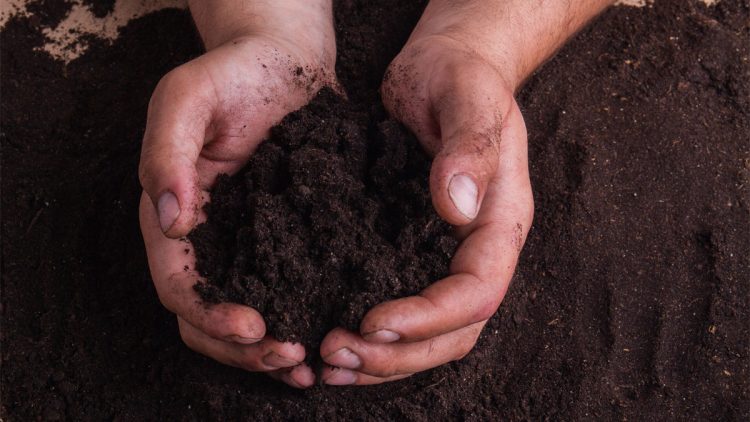Fill Dirt vs. Topsoil
Fill dirt and topsoil have a multitude of uses, both having characteristics that make them perfectly suited for specific gardening or landscaping projects. It’s occasionally even possible to get fill dirt at no cost to you. Fill dirt is a mixture of organic materials, such as rock, shale, and sand, used to—as the name suggests—fill in a hole or alter land elevation. Topsoil, in contrast, is dirt enriched with nutrients typically used for grass and/ or gardens.
When to Use Fill Dirt as Opposed to Topsoil
Fill dirt is regularly used as the bottom-most layer, then by a layer of topsoil. For instance, if you were filling a hole in, you might use two and a half feet of fill dirt and cover it with six inches of topsoil. Other than that, there are particular uses for fill dirt as opposed to topsoil.
What Is Fill Dirt?
Fill dirt is a sandy, rocky, and shaly material acquired from construction and building projects. Prior to the digging out of a foundation starts, the top layer of soil “topsoil” is removed and set aside to be reclaimed for on-site landscaping. Following that, everything underneath is taken out to dig the foundation. Some of that dirt is utilized as fill on-site, and the remainder is taken away and made accessible as fill dirt.
Fill dirt is not something you would want to plant your garden foliage in (due to all the rocks it contains; in addition, it is devoid organic material), but the benefits of fill dirt are utilized to serve a multitude purposes. The multitude of rocks makes fill dirt perfect for leveling and raising land, since they “fill” up space. The stoniness of fill dirt also makes it perfect for building up ground for fixing water drainage matters, since water percolates fine through it. Another advantage of fill dirt is that, in comparison to topsoil, it is somewhat inexpensive, or even possibly free.
When to Use Fill Dirt
Just as the name insinuates, fill dirt is utilized to fill up spaces. Being less costly than topsoil, it also acts as the groundwork for the latter. Particularly in cases of plants with significant root systems, like trees, the ground requires a specific amount of depth, each for roots and for drainage.
Fill dirt in which can be utilized in the following ways: for filling areas in when packing throughout the stones used in retaining walls, filling holes in which erosion has washed away soil and you need to repair the area, and changing a landscape, as occasionally your design plan calls for altering the contours of a yard, like smoothing out a steep incline.
Even should you have no cost restrictions and limitless access to high-grade topsoil, you should still use fill dirt in these circumstances since it drains a lot faster than topsoil.
What Is Topsoil?
Topsoil just as the name insinuates—is a top layer of soil in gardens or landscapes. It’s a rich mixture of organic material and minerals that’s crucial to grow trees, flowers, shrubs, and vegetable gardens. It’s also more costly than fill dirt due to its relative scarceness and appealing content.
When to Use Topsoil
Topsoil is the layer over fill dirt; it is what you plant in. It is most usually used when beginning a new lawn/garden/ flower bed, refilling soil following the growing season, or replacing present topsoil that has been washed away from heavy rainstorms.

